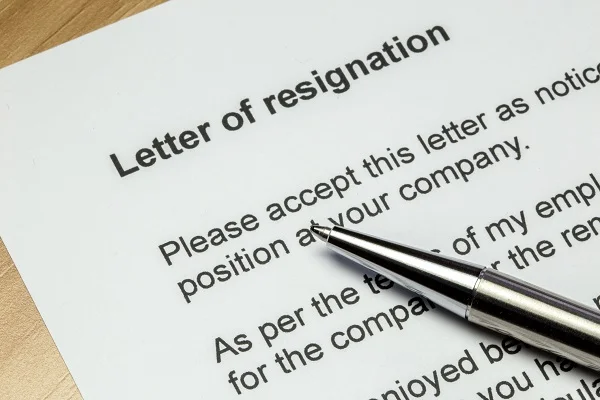Saying goodbye to an organisation, whether you’ve worked there for years or just a few months, is never easy. It is tempting to spiral into a verbose rant, or worse still, sound ungrateful and cold in striving for brevity in your formal resignation. We help you cross the bridge smoothly while striking a balance.
And just in case you want to know what to ask yourself before switching a job, see if this helps:
6 Questions to Ask Yourself Before Switching Jobs
1. Keep the subject short and direct
The subject line of your resignation e-mail should be simple and direct. Like most e-mail subject lines, it should convey the contents of your mail in a concise manner.
Some examples of resignation letter subject lines are:
– Resignation
– Notice of Resignation
– Notice of Resignation | [Your Name]
– Notice of Resignation | [Your Name] | [Your Department]
– Resignation | [Your Name] | [Your Department]
– Resignation | [Your Name]
– Resignation from the position of
– Moving On | [Your Name]
2. Get spellings and designations right
Always address the resignation to your immediate boss/reporting manager, irrespective of her or his rank in the organisational hierarchy. You are their responsibility. Make sure you’ve included her or his designation accurately as per latest official intimation from your HR. Also include the full name of your organisation and address in the “To” section (if you are handing over a resignation letter on paper).
3. Specify the last date of your service
If you have decided to quit after some preparation, then you should be aware of the company’s mandatory notice period. Some organisations offer a barter of paid leave against a shorter notice. Do seek advice on the same in your resignation letter. Without going into the details, offer a one-line explanation for this request. It is, however, advisable to serve the entire period of your notice without missing a day.
4. Express gratitude
Nothing leaves a good impression like gratitude. Add a line thanking your boss, teammates, and the organisation for helping you grow as a professional, a leader, and as a human being during your time at the organisation.
5. Tell them what you’ve learned
A positive, short account of key takeaways from your experience at the organisation spells authenticity – a quality that everyone appreciates. It could be a technical skill, an interpersonal skill, changing trends in your industry, or a positive change in your personality.
6. Offer help
Suggest a handover process of your workload. Seek advice on next steps about paperwork and clearances including handing over your access card, laptop, phone, and any other gadgets that your employer may have provided you.
7. Wish the company well
Etiquette demands that you leave on pleasant terms. Make sure you wish your organisation the best for the future – once again, in no more than a line!
8. Provide your personal contact information
Some of your colleagues may want to keep in touch with you after you leave. Copy your resignation to your personal email id and mention your phone number or leave the details with your HR so they can reach you later.
You may also like:




